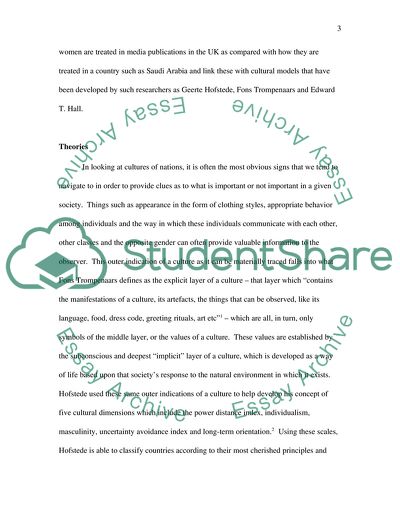Cite this document
(The United Kingdom and Saudi Arabia Gender Question Case Study, n.d.)
The United Kingdom and Saudi Arabia Gender Question Case Study. https://studentshare.org/sociology/1703129-a-comparative-case-study-analysis-of-the-united-kingdom-and-saudi-arabia-with-reference-to-gender
The United Kingdom and Saudi Arabia Gender Question Case Study. https://studentshare.org/sociology/1703129-a-comparative-case-study-analysis-of-the-united-kingdom-and-saudi-arabia-with-reference-to-gender
(The United Kingdom and Saudi Arabia Gender Question Case Study)
The United Kingdom and Saudi Arabia Gender Question Case Study. https://studentshare.org/sociology/1703129-a-comparative-case-study-analysis-of-the-united-kingdom-and-saudi-arabia-with-reference-to-gender.
The United Kingdom and Saudi Arabia Gender Question Case Study. https://studentshare.org/sociology/1703129-a-comparative-case-study-analysis-of-the-united-kingdom-and-saudi-arabia-with-reference-to-gender.
“The United Kingdom and Saudi Arabia Gender Question Case Study”. https://studentshare.org/sociology/1703129-a-comparative-case-study-analysis-of-the-united-kingdom-and-saudi-arabia-with-reference-to-gender.


